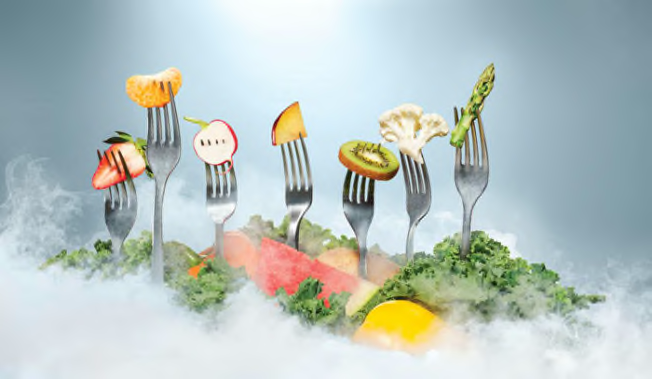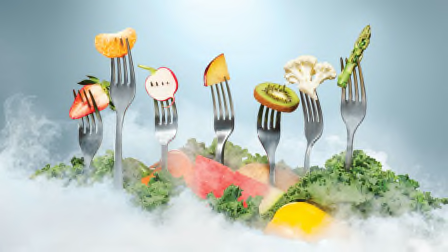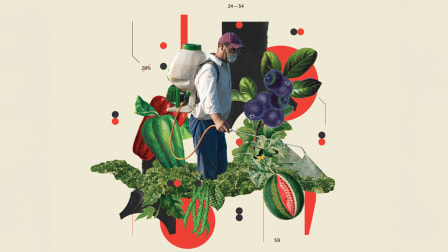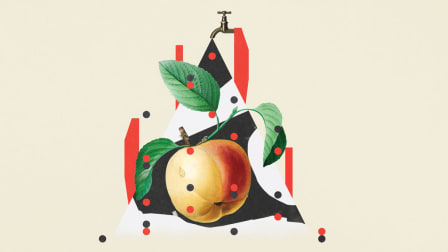Tracking Pesticides in Our Food for Over 80 Years
Here are major moments in CR's long history of fighting for safer fruits and vegetables

Consumer Reports first wrote about the risks posed by pesticides in our food in November 1938, less than two years after our very first issue. And our most recent and most comprehensive analysis has just come out. In between we have highlighted a range of problems, and identified a number of ways consumers can protect themselves, and federal food agencies could do a better job of protecting us.
1938
CR warns readers that the Department of Agriculture increased the amount of lead, then used as a pesticide, allowed on fruits, and asks whether industry swayed the decision.
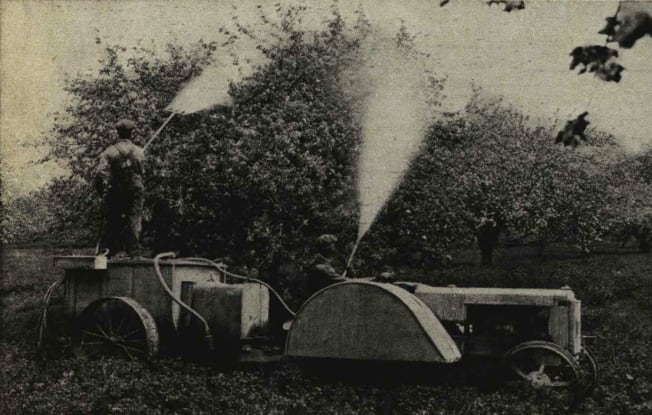
1962
Rachel Carson writes “Silent Spring.” CR helps bring the book to public attention by publishing a special edition.

1963
CR urges the Department of Agriculture to ban several pesticides—including some containing mercury or lindane, which has neurotoxic properties similar to DDT—that the agency had allowed to be sold even though they had been proved unsafe and ineffective.
1964
CR reports that farm runoff containing endrin, a pesticide, contributed to the deaths of millions of fish in the Mississippi River and that the pesticide had been detected in drinking water near New Orleans.
1974
A CR investigation finds high levels of several pesticides in the nation’s drinking water supply. The report plays a key role in the passage of the Safe Drinking Water Act later that year.
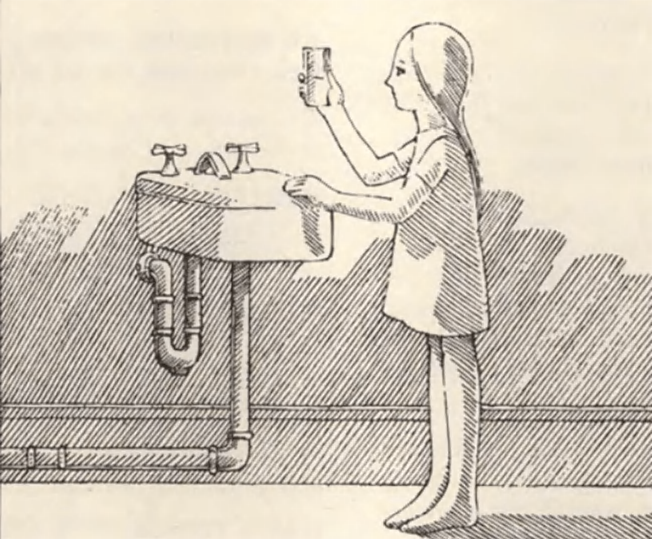
1985
CR reports that some pesticide manufacturers are exporting chemicals banned in this country for use overseas and that foods grown abroad with those pesticides are then imported to the U.S.
1999
CR uses USDA data to analyze pesticide residue in 27,000 fruit and vegetable samples and finds high levels in many, especially apples, grapes, peaches, and pears.

2015
In CR’s special report “Eat the Peach, Not the Pesticide,” we continue to find high levels of pesticides in many fruits and vegetables and urge consumers to buy organic when possible.
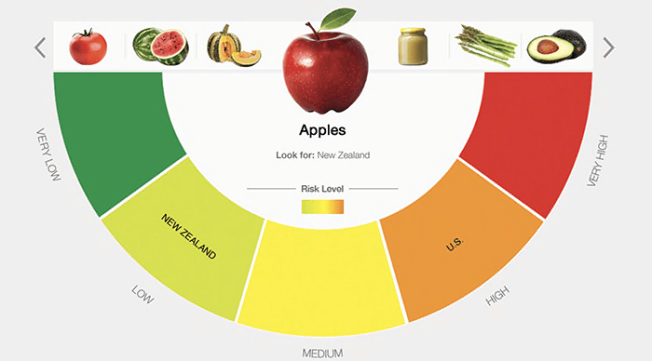
2024
CR finds concerning levels of pesticides in 20 percent of the fruits and vegetables we looked at, and calls on the Environmental Protection Agency to ban organophosphate and carbamate pesticides.
